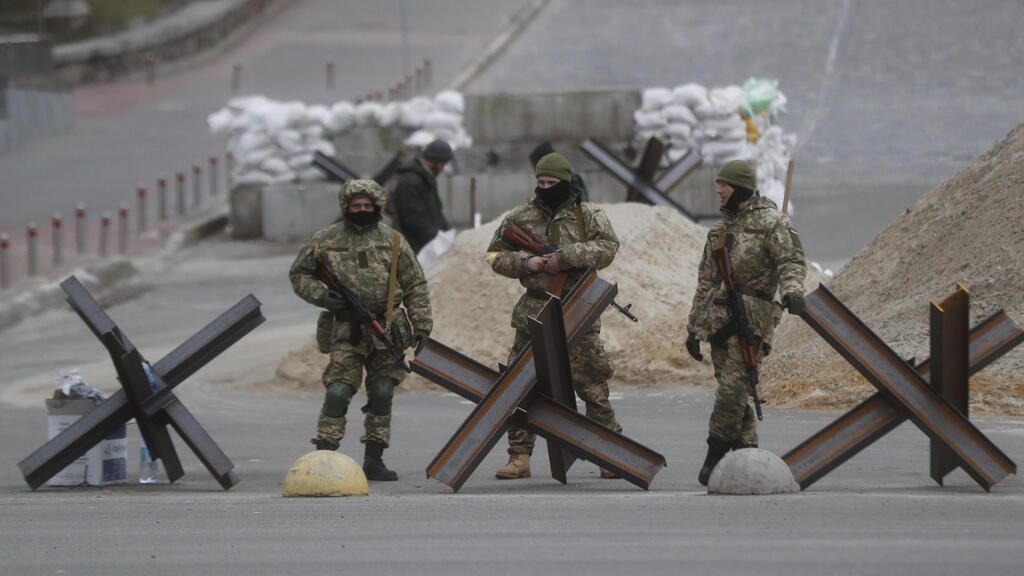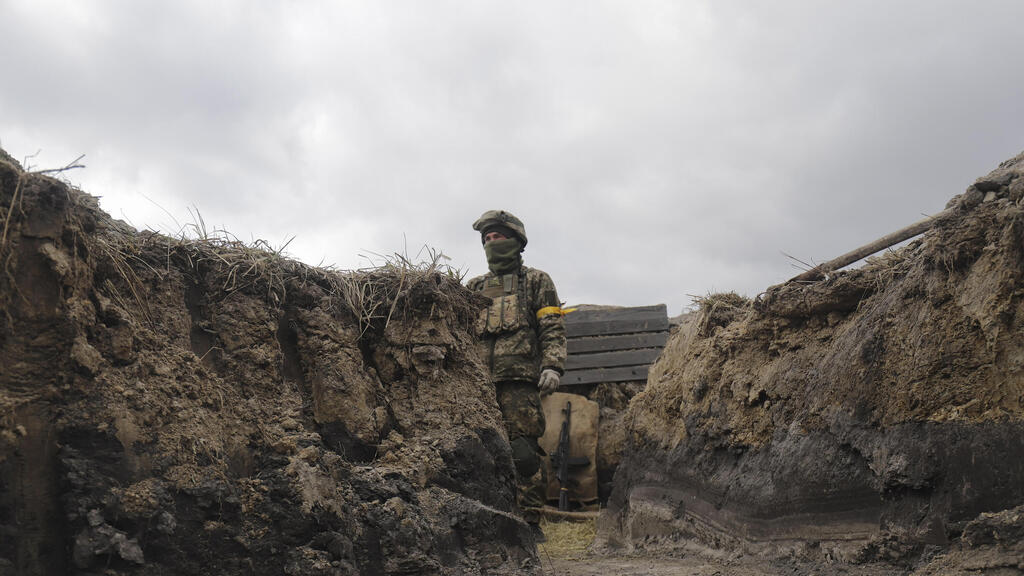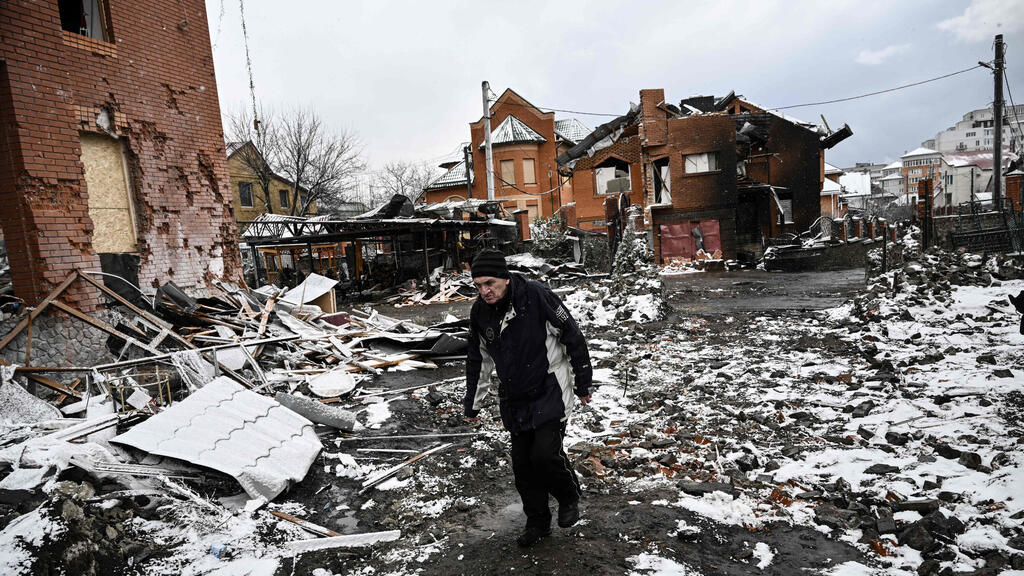Getting your Trinity Audio player ready...
Shelling was relentless most of the day in Kyiv late on Tuesday. This time the Russians stayed true to their word and avoided striking the neighboring towns, some of which were already taken by their forces.
As they tighten the siege of the capital, explosions began rocking Kyiv at around 8pm. It was probably caused by a missile that hit the city, ending our few hours of grace.
Before the ceasefire came into effect that morning to allow the establishment of a humanitarian corridor, I toured the main roads into town from the north, the east and the west, where the Russian tanks were expected to enter the city.
It was snowing and the sun only occasionally peaked between the clouds. Some people were outside carrying shopping bags, others stood by smoking. Unlike statements made by Ukraine President Volodymyr Zelensky, doubting Russia's willingness to hold the fire, Kyiv residents were hopeful that the ceasefire would hold.
There was almost a calm atmosphere. Kyiv has adopted a siege routine.
Long lines of refugees waited to leave in small convoys of buses heading for the Polish border, some carrying heavy backpacks, which they quickly placed in the luggage hold while others waited silently for buses that had not yet arrived.
The most evident change was in the amount of fortifications erected by the Ukrainian forces, which would be a real obstacle even for the most advanced Russian armor.The barricades would not only slow the tanks down, the may stop their progress altogether.
3 View gallery


Road barricaded by Ukraine's military to stop the progression of Russian tanks into Kyiv
(Photo: EPA)
I saw how the initiative to build barriers, which began with local residents filling sandbags and preparing fire bombs, was taken over by the military.
The city's Maidan Square reminded me of IDF's positions in southern Lebanon during the Israeli occupation of that country, but it seems at least five times worse with concrete and iron barriers tied together with massive chains or dug into the road.
As I drove between the fortifications, I could see Ukrainian soldiers and volunteers in the regional defense forces holding flowers. I did not give that a second thought until my translator said they were marking International Woman's Day and reminding Ukrainians to honor and cherish women.
There were few cars on the road. In the northern suburb of Obolon, near the Russian forces, hundreds of fire bombs lay ready for use by civilians. And sandbags were still being delivered. It will take years to clear the roads.
People came out to enjoy the occasional sunrays. And get a breath of fresh air after spending the night underground in the metro.
"I slept on a rubber mattress 100 meters underground," Nadia told me as she smoked her cigarette. "After a few nights like that, it seems that that is what the world is like now, but out here I see the sun is still shining, snow is falling and there is still hope," she said.
Next to a small military position in the northern most Vyshhorod neighborhood, a woman emerges from a tattered blue car, carrying a large steaming pot which she delivers to the troops on duty.
3 View gallery


A Ukrainian soldier on duty in a military position on the outskirts of Kyiv
(Photo: EPA)
The position is exposed to the elements and to incoming fire. Still, a mall wooden stove stands nearby for them to heat up food given to them by city residents.
Natalia, who brought the food did not want to be photographed. The Russians see everything that is broadcast or published and can know where the soldiers are deployed. When I tried to film the fortifications and military positions I was questioned by the troops, which was an unpleasant experience.
I slowly became accustomed to requesting permission to film and being nearly always denied but in Vyshhorod I encountered less suspicious and more polite people who were happy to talk to me.
First published: 10:49, 03.09.22


